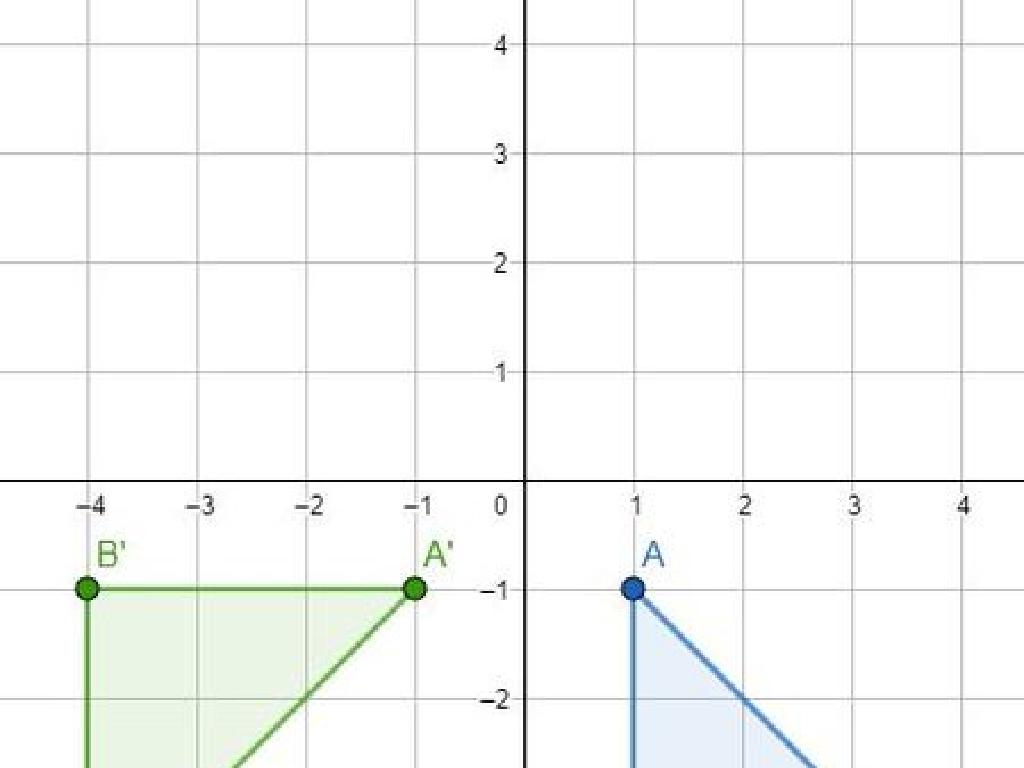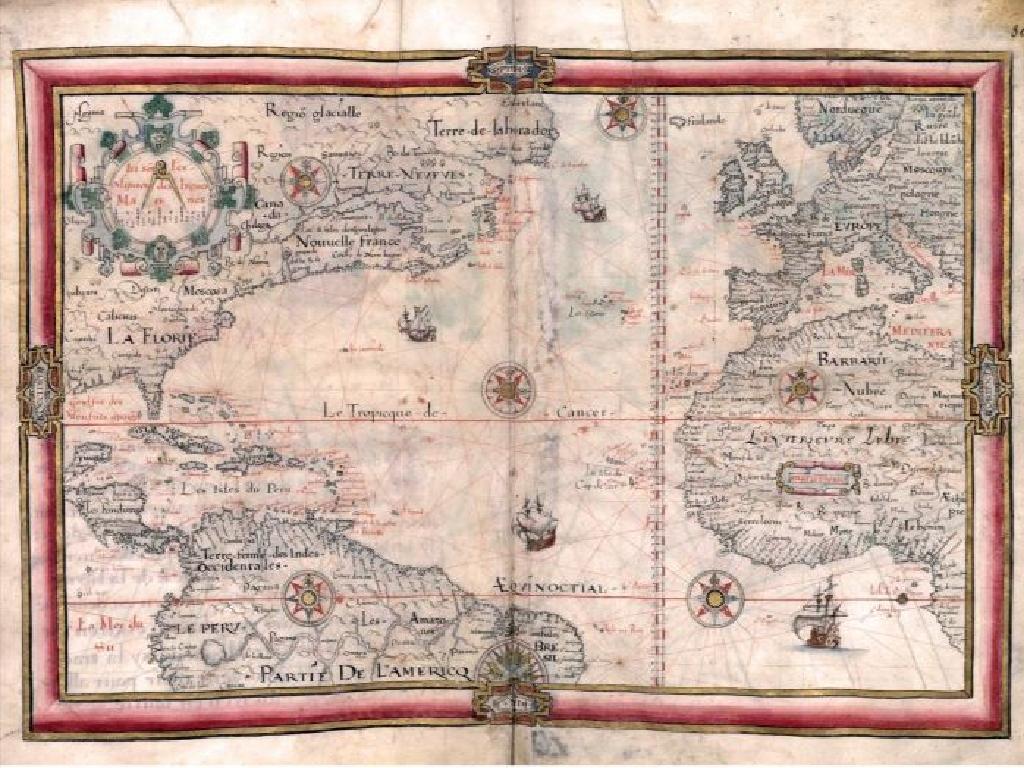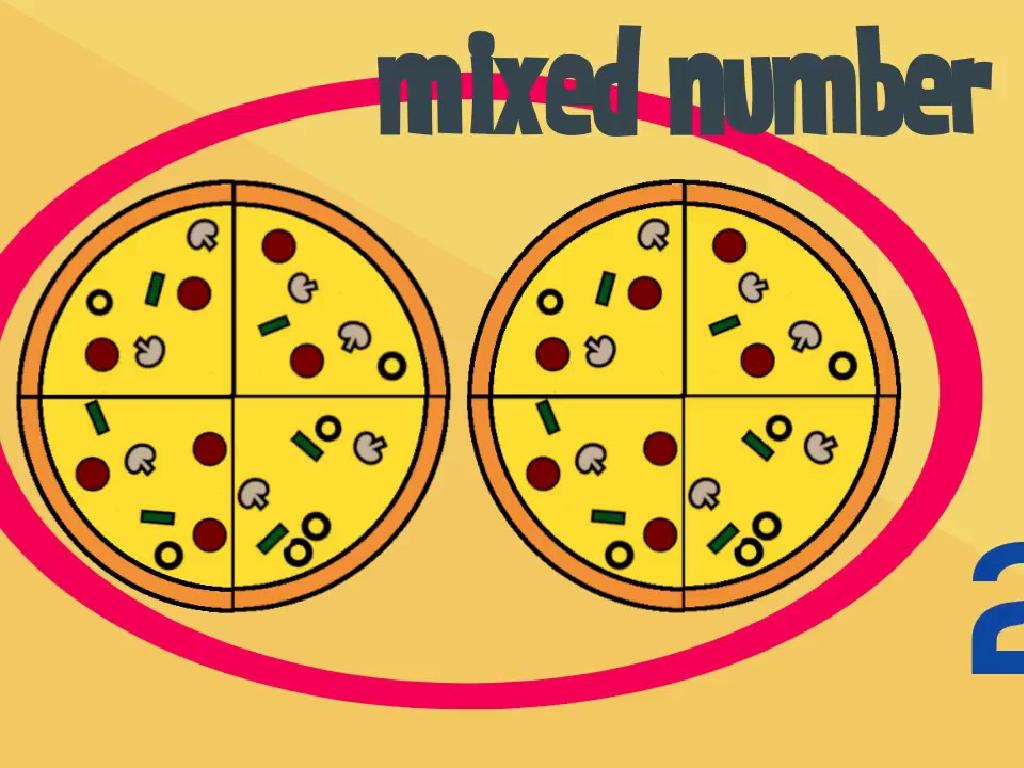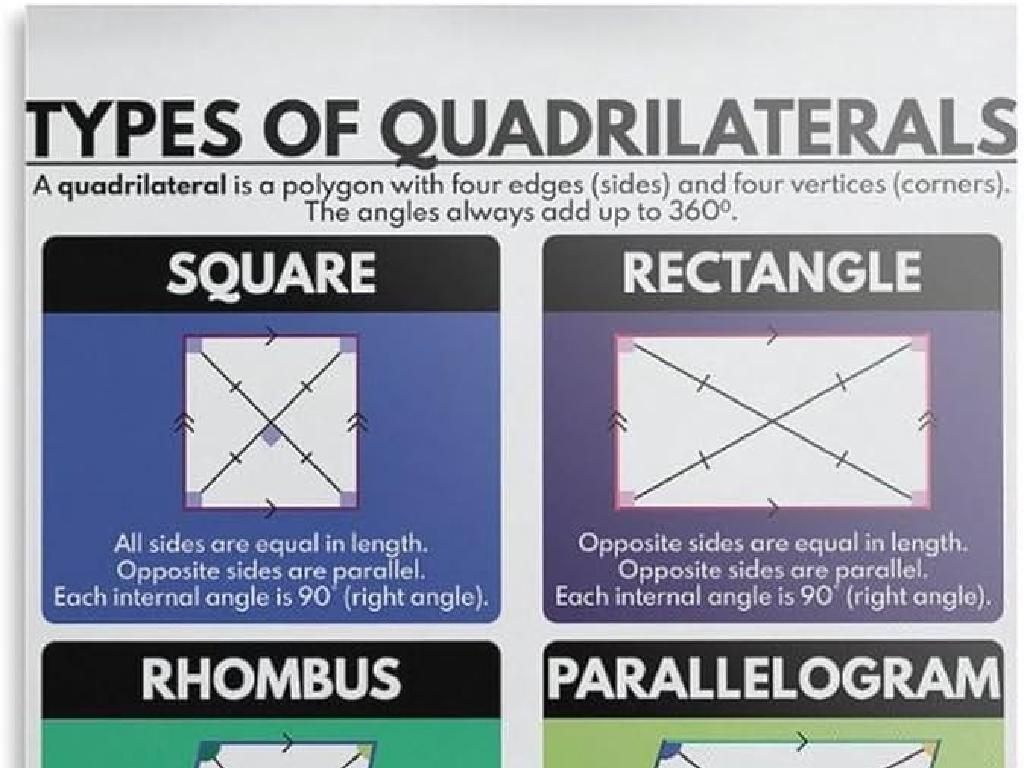Rhombuses
Subject: Math
Grade: First grade
Topic: Two-Dimensional Shapes
Please LOG IN to download the presentation. Access is available to registered users only.
View More Content
Welcome to Shapes: Meet the Rhombus
– Greet the class with enthusiasm
– Introduce the rhombus
– A rhombus is a diamond-like shape
– Ask about known shapes
– Explain rhombus characteristics
– Four equal sides and opposite equal angles
|
Begin the class with a warm greeting to create a welcoming learning environment. Introduce the rhombus as a special type of shape, comparing it to a diamond to help students visualize it. Engage the students by asking them to share shapes they are already familiar with, which will help them connect previous knowledge with the new concept. Explain that a rhombus has four sides of equal length and opposite angles that are equal, which are key characteristics that define it. Use simple language and examples to ensure comprehension for first graders. Prepare to show visual examples of a rhombus and possibly have physical models for students to interact with.
Exploring Shapes: What is a Rhombus?
– A rhombus is a special shape
– All sides are equal in length
– Like the edges of a frame
– It has four straight sides
– A rhombus looks like a diamond
– Think of a kite or a baseball diamond
|
Introduce the concept of a rhombus to the students by explaining that it is a type of shape with four equal sides, similar to a square but tilted over like a diamond. Use everyday objects that resemble a rhombus to help them identify and understand the shape, such as a kite or the shape of a baseball diamond. Emphasize that all sides are the same length, which is a key property of a rhombus. You can bring in objects or show pictures of rhombuses to make the learning more interactive and engaging.
Exploring Rhombuses
– Counting a rhombus’ sides
– Let’s count each side together: 1, 2, 3, 4!
– Opposite angles are equal
– Angles across from each other are the same size
– A rhombus has four vertices
– The points where two sides meet are vertices
– Understanding vertices
|
This slide is aimed at helping first graders understand the basic properties of a rhombus. Start by engaging the students in counting the sides of a rhombus, making it interactive by having them count aloud with you. Highlight that a rhombus has equal opposite angles, and use visuals or gestures to show equality. Explain that the corners of a rhombus are called vertices and help them identify these points on a shape. Use simple language and concrete examples, such as drawing a rhombus on the board or showing a picture of one. Encourage the students to draw their own rhombuses and count the sides and vertices. This will help solidify their understanding of the shape’s properties.
Rhombuses Around Us
– Can we spot rhombuses here?
– Examples: kite, diamond ring, road sign
– Look at shapes that resemble a tilted square
– Let’s find rhombuses together!
– Who will find the most?
|
This slide is designed to engage first-grade students in identifying rhombuses in their immediate environment. Start by explaining that a rhombus is a shape that looks like a diamond or a tilted square. Show them examples of a kite, a diamond ring, and a road sign to illustrate common objects that have a rhombus shape. Encourage the students to look around the classroom and beyond to find as many rhombuses as they can. This activity will help them recognize rhombuses in the real world and understand that shapes are all around us. It’s a fun competition that will make learning about shapes interactive and enjoyable.
Drawing a Rhombus
– Use a ruler to draw a rhombus
– Draw one side, then three more
– Make sure each side matches the first
– All sides should be equal length
– Check with your ruler for each side
– Corners should meet perfectly
– Ask a friend to check your corners
|
This slide is aimed at teaching first graders how to draw a rhombus, which is a type of two-dimensional shape. Start by explaining the importance of using a ruler to draw straight lines. Demonstrate drawing one side of the rhombus and then replicating that length three more times to complete the shape. Emphasize that all sides of a rhombus are of equal length and that the lines should meet at the corners to form perfect points. You can suggest that students check their work by measuring each side with a ruler and comparing the lengths. Encourage them to help each other by checking their friends’ corners to ensure they meet correctly. This activity will help students understand the properties of a rhombus and develop their fine motor skills and spatial awareness.
Class Activity: Creating Rhombuses
– Let’s make our own rhombus!
– Use sticks & clay for construction
– Ensure all sides are equal
– Measure sticks to make them equal
– Show your rhombus to the class
|
This activity is designed to help first graders understand the properties of rhombuses by creating one with tangible materials. Provide each student with four sticks of equal length and some clay to connect the ends. Guide them to ensure that all sides of their rhombus are of the same length, which is a key property of rhombuses. Once they have constructed their shapes, encourage them to compare their rhombuses with their classmates. Possible variations of the activity could include using straws instead of sticks, using marshmallows instead of clay, or drawing rhombuses on paper using rulers. This hands-on experience will reinforce their understanding of two-dimensional shapes and their attributes.
Rhombus Round-Up!
– Congratulations on learning rhombuses!
– Share a cool fact about rhombuses
– Maybe how all sides are equal?
– Spot rhombuses around your home
– They could be toys, frames, or tiles!
– Discuss your findings tomorrow
|
This slide is meant to wrap up the lesson on rhombuses by reinforcing what the students have learned and encouraging them to apply this knowledge in their everyday environment. It’s a chance for students to reflect on the unique properties of rhombuses, like having four sides of equal length. Encourage the students to look for this shape at home, which could help them connect classroom learning to the real world. Prepare to have a discussion the next day where students can share where they found rhombuses and what they observed. This activity will help solidify their understanding of shapes and their attributes.






